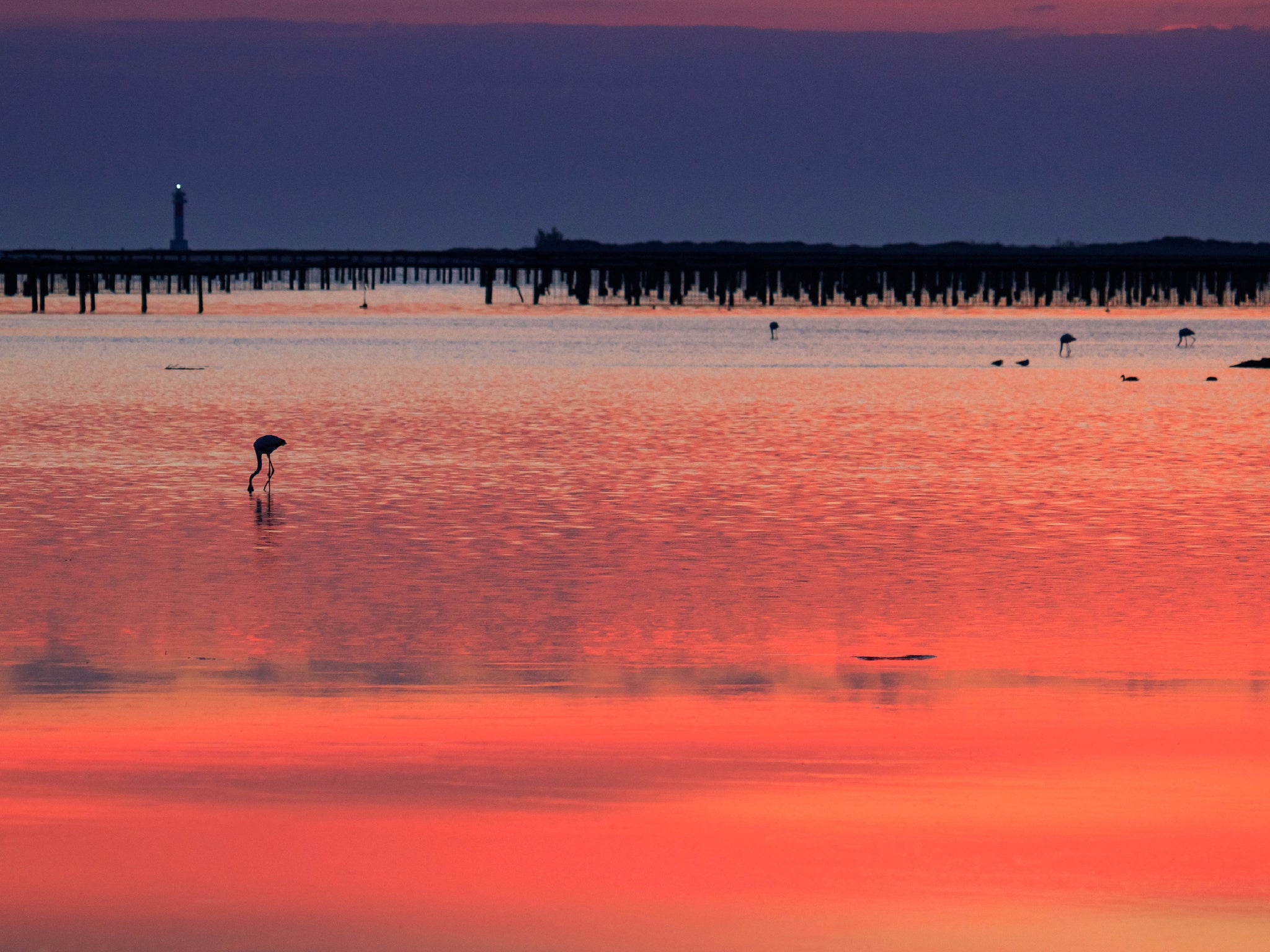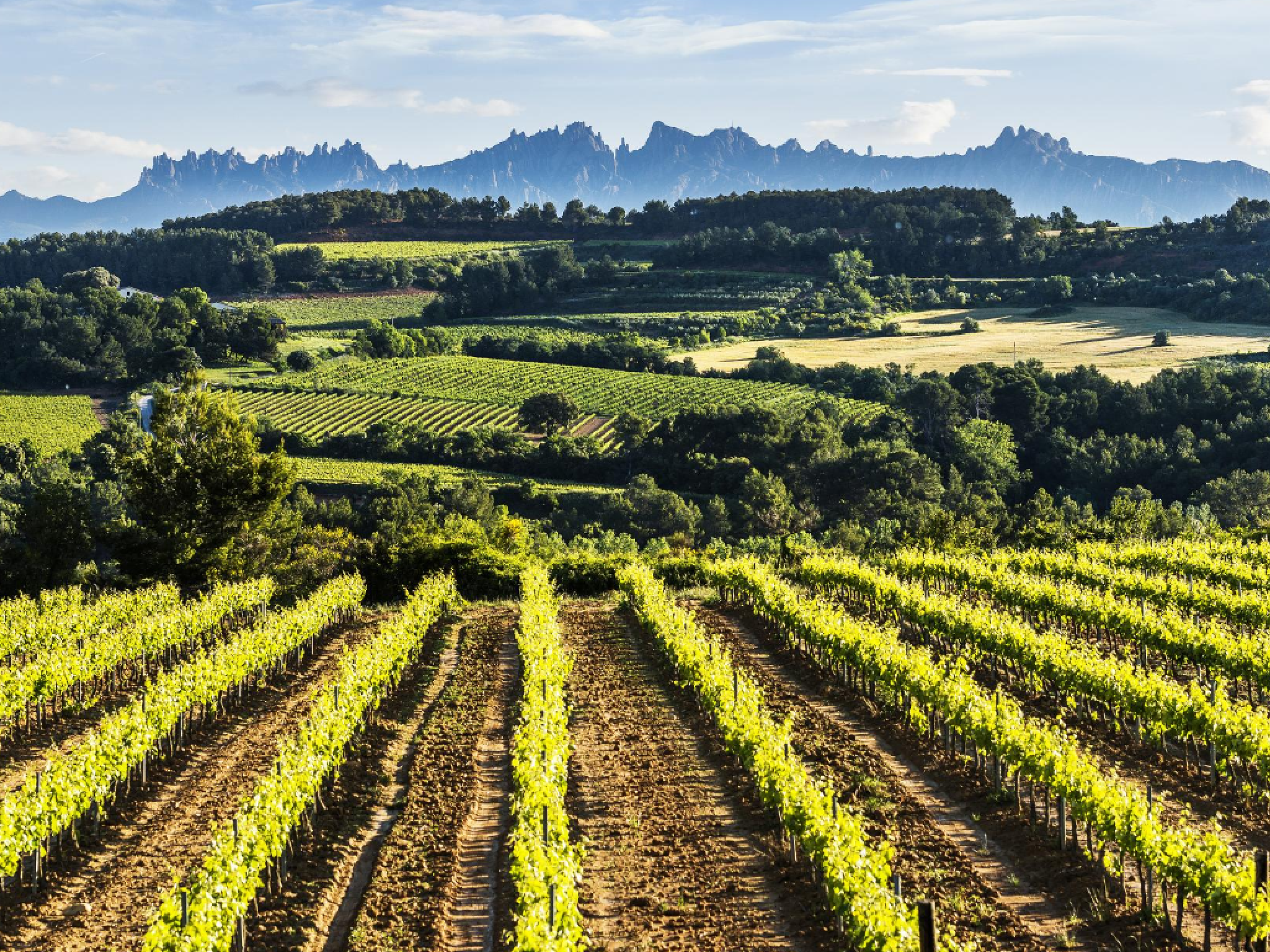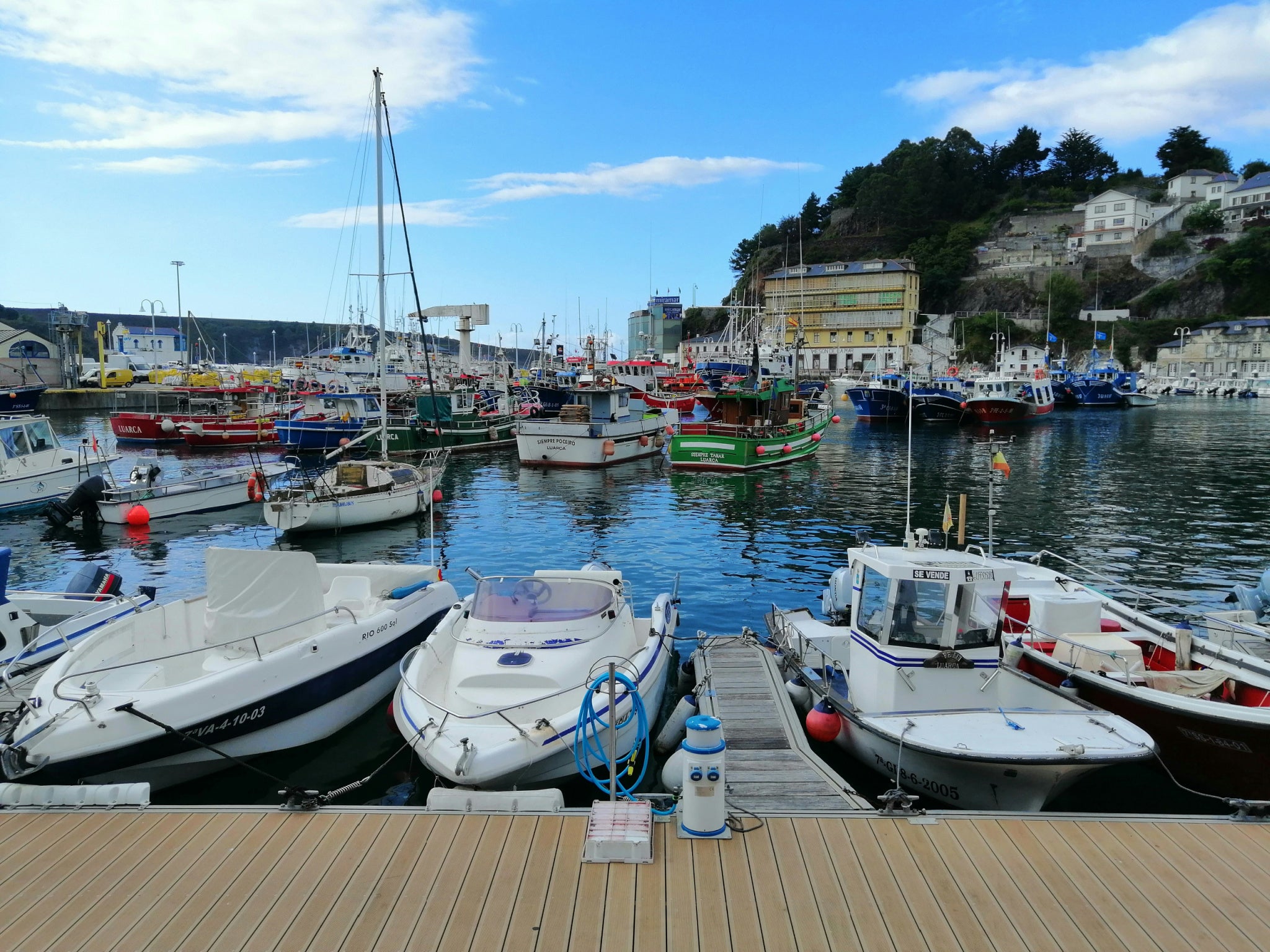The hidden Spanish holiday hotspots where you can avoid crowds – and tourist trap prices
Think you know Spain? Elizabeth Bennett shares the unexpected, unspoiled destinations enjoyed by the locals that you should add to your holiday plans

Your support helps us to tell the story
From reproductive rights to climate change to Big Tech, The Independent is on the ground when the story is developing. Whether it's investigating the financials of Elon Musk's pro-Trump PAC or producing our latest documentary, 'The A Word', which shines a light on the American women fighting for reproductive rights, we know how important it is to parse out the facts from the messaging.
At such a critical moment in US history, we need reporters on the ground. Your donation allows us to keep sending journalists to speak to both sides of the story.
The Independent is trusted by Americans across the entire political spectrum. And unlike many other quality news outlets, we choose not to lock Americans out of our reporting and analysis with paywalls. We believe quality journalism should be available to everyone, paid for by those who can afford it.
Your support makes all the difference.Spain has long been a favourite of British holidaymakers. Reigning as the country most visited by UK residents for years now, a YouGov poll for 2024 shows no change on the horizon: 15 per cent of UK travellers plan to head to Spain this year, the most of any country (except for the UK, where 17 per cent plan to staycation).
Whether it’s the Costa Del Sol and Canary Islands’ beaches, the party towns of Ibiza and Mallorca or the cities of Barcelona and Seville, the majority of travellers head to the same select few destinations. Something locals in these places are naturally pretty tired of. Having lived in Barcelona myself since 2019, I know this is nothing new (”go home tourists” graffiti long preceded the Covid pandemic) but it’s stepped up recently with protests in the Canary and Balearic Islands, and visitors to the Catalan capital sprayed with water.
Luckily, there is plenty more of the country to explore beyond these hotspots and by doing so you will avoid the commotion, crowds and prices that come with them. I have been lucky to explore much of the country both on assignment and on holiday and here are some places you might be missing…
History, beaches and cheap tapas in Cádiz

If you’re looking for a city break that rivals the beachside vibe of Barcelona and the historic charm of Seville, then Cádiz might just fit the bill. In the southwest corner of Andalusia and easily reached via flights to the nearby airport at Jerez de la Frontera, this port city is charming from the get-go. The old town, a maze of narrow streets and sun-drenched squares, claims to be the oldest city in Western Europe, founded 3,000 years ago by the Phoenicians. The seafront, with its colourful line up of houses is known as “Little Havana” – so much so it stars in scenes of the Cuban capital in the Bond film Die Another Day. Understand the layers of history with sites such as the epic cathedral and Roman ruins, and climb the Baroque watchtower, Torre Tavira for impressive views before feasting on the bargain tapas (fried fish is the speciality here) and relaxing at the beach.
Read more on Spain travel:
Where to stay
Hotel Casa de Las Cuatro Torres, an 18th-century Baroque building on a quiet square in the heart of the old town restored with lots of original details intact.
Flamingo spotting and seafood feasting in Delta de l’Ebre Nature Reserve

Midway between Valencia and Barcelona at the very bottom tip of Catalonia, this delta spans 320 sq km, 80 of which make up the Ebro Delta nature reserve. As this expanse of flat land meets the sea it creates a unique landscape of lakes, rice fields and long stretches of beach with an equally impressive set of wildlife. Many come here for birdwatching but even those with no past experience of twitching will be impressed by the flocks of flamingos, one of the largest fixed colonies in Europe. Beyond this it’s a great area for hiking and cycling holidays (the flat terrain is a bonus) while kayaking and kite surfing are also popular. Famed for its mussels and oysters, a great way to spend an afternoon is to book a boat trip to a farm where you can taste fresh seafood straight out of the sea.
Where to stay
There are limited hotel options in the park itself (Airbnb has a big selection of houses for groups) but Delta Hotel is in a good location and offers simple and affordable rooms.
A pristine island escape in Galicia
If it’s white sands and turquoise waters you’re after, you might think it’s a Mediterranean island or nothing. The Atlantic Cies Islands, an archipelago 40 minutes by ferry from the Galician capital of Vigo, will prove you wrong. Named “islands of the gods” by the Romans (and for good reason), this string of three islands – Monteagudo, do Faro and San Martino – have some seriously stunning beaches. Part of the Atlantic Islands of Galicia National Park, this paradise is protected with a limited number of daily visits, no cars and just one campsite where you can stay overnight. Visiting takes a bit of planning (you have to request a permit from the Xunta de Galicia website) but it’s more than worth it whether you want to hike, beach or spot the unique birds and plants that live here.
Where to stay
You can book to stay for 2-15 nights at the campsite on the island of do Faro. Or if not, book a hotel like Hotel Puerta Gamboa in Vigo and visit for the day.
Wine tasting in Penedes

Conveniently located 40km south of Barcelona (and even closer to the seaside town of Sitges), the wine region of Penedes is the ideal spot for a weekend break. Boasting over 300 wineries, there are endless options for trying local wines and especially the region’s famed cava. You can easily build a DIY itinerary via the Penedès Wine Route, a handy database of the best wineries and what they offer, and spend your days tasting different wines with some lovely lazy lunches thrown in (most wineries serve food). If you want a holiday that’s active (with a side of wine), it’s worth checking out the Penedes 360 cycling routes, three circular cycling paths (gravel, road, and mountain) that take in wineries along the way.
Where to stay
Mas Palou, a collection of Catalan houses sleeping 2-10 people on an organic and family-run vineyard dating back to 1623.
Beach hopping in Asturias

Aside from popular spots like San Sebastian and the famed walking route of Camino de Santiago, Northern Spain has been largely overlooked by British tourists. However, as summer temperatures rise, the appeal of its cooler coast is growing. Wedged between Galicia and the Basque Country, Asturias’ Cantabrian coast has also recently become more accessible thanks to a new high-speed train linking Madrid and its capital Oviedo in three hours. While you can’t guarantee non-stop sunshine, you can bet on some of the lushest green landscapes in the Iberian peninsula. The rugged coastline with its towering cliffs, fishing villages and sweeping beaches with Atlantic waves feels more like Cornwall. With a car, you can easily hop between beaches and seaside towns – Cudillero and Luarca are both picture-perfect towns with lovely beaches nearby (notably Playa Silencio and Playa de Cadavedo).
Where to stay
Casona de la Paca, a charming small hotel with lovely gardens, at the top of the hill in Cudillero.
Read more: The best hotels in Spain
Join our commenting forum
Join thought-provoking conversations, follow other Independent readers and see their replies
Comments